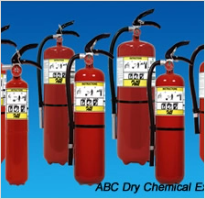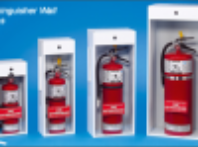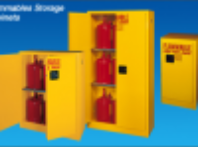Fire Protection

Commercial and Industrial Fire Extinguishers
The Effectiveness of Portable Fire Extinguishers
A survey prepared by the National Association of Fire Equipment Distributors recently revealed that hand operated portables extinguished over 90% of the fire incidents in commercial facilities. In most cases the fire was completely extinguished before fire department personnel arrived on the scene. And they can put out fires before the sprinkler system activates, and sprays water all over your furniture and carpets.
Training in the Use of Fire Extinguishers
Employee training in the use of fire extinguishers should be an important part of your safety program. At Act First Safety we offer Fire Extinguisher Training. The objective of the training is to inform, demonstrate and provide confidence to employees in the safe and effective use of fire extinguishers in the workplace. Studies have shown that an employee with even minimal training is able to put out significantly larger fires than those with no training.



Fire Extinguishers
Fuel Source
Class of Fire
Type of Extinguisher (Extinguishing
Agent)
Ordinary Combustibles (e.g., trash, wood,
paper, cloth)
A
Water, chemical foam, dry chemical*
Flammable liquids (e.g., oils, grease, tar,
gasoline, paints, thinners)
B
Carbon dioxide (CO2); halon**; dry chemical;
aqueous film forming foam (AFFF)
Electricity (e.g., live electrical
equipment)
C
CO2; dry chemical
Combustible metals (e.g., magnesium,
titanium)
D
Dry powder (suitable for the specific
combustible metal involved)
They need to be supplemented with water. Act First Safety carry a complete line of Fire Extingusihers rated for each of the fire classifications. (Class A, B, C, D, K)



